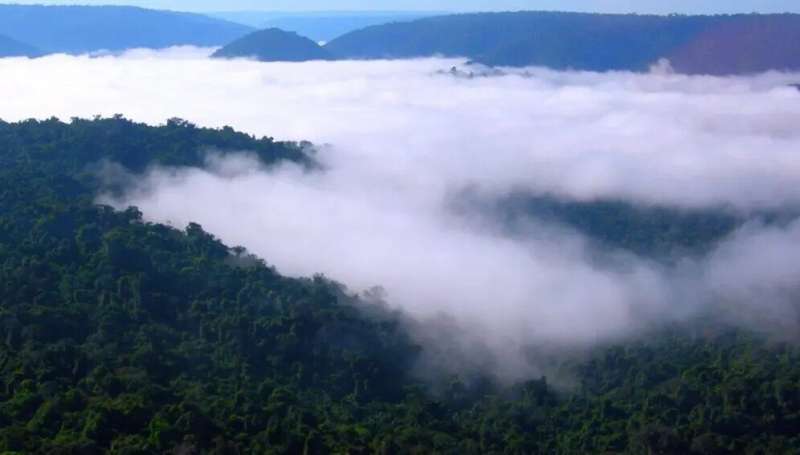Is science failing Amazon communities?

Although science and technology can prevent further degradation of the Amazon, they cannot provide a solution unless the technical, financial and social legitimacy conditions required by indigenous people are met.
This was the message from indigenous leaders at GLF Amazonia, a conference held online last week to consider ways of preventing the vital global resource from reaching "tipping point."
Julio Casurichi, president of the Native Federation of the Madre de Dios River and Tributaries (FENAMAD), in Peru, discussing the failings of scientific interventions in the Amazon, told the conference: "Many initiatives do not have results because the knowledge may exist, but [in the communities] there is no equipment, there is no engine to monitor the territories, there is no computer equipment to store the information."
The tipping point refers to the moment when the Amazon will exceed the limit of human actions and irreversibly lose its capacity to generate ecosystem services, such as water, carbon sequestration and climate regulation.
The scientific community predicts that this will occur in 15 to 20 years' time, when tree cover will decline to a point where the Amazon is no longer a tropical rainforest but a dry zone. For indigenous people, who say policies and interventions have failed them during decades of deforestation, this prospect is particularly concerning.
The Amazon, home to more plant and animal species than any other ecosystem on the planet, has already lost between 17 and 18 percent of its tree cover and this figure could reach 27 percent by 2030 according to some estimates.
New technologies to monitor deforestation are available, but experts warn that these often fail to take local conditions into account. Monica Romo, USAID regional specialist in Amazonian environment, told the conference: "In Amazonas we have problems with communications, internet, cell phones. The technology itself, GPS or images are not the bottleneck, but how to reach the user."
Some research groups have developed tools to monitor and prevent land degradation with local needs in mind. An example cited, Geoservidor, is an early warning system developed by the Interethnic Association for the Development of the Peruvian Rainforest (Aidesep) for surveillance and action in defense of the Amazon.
SOMAI is another platform that provides scientific and historical data on climate anomalies and deforestation in the Amazon, showing the areas most exposed to extreme weather events such as drought, heat and precipitation.
However, representatives of indigenous communities say these and other technologies must be accompanied by full recognition of the rights of local people, by government, civil society, and scientists.
Sela Deadina, national coordinator of Articulation of Rural Black Communities Quilombolas (CONAQ), said: "The indigenous groups of black identity are defenders of the territory of the Amazon, but we live a permanent discrimination and structural racism [...] We cannot count on the Brazilian government, which is the one that is violating us the most."
Joenia Wapichana, Brazil's first indigenous lawyer, said: "In addition to being heard, indigenous peoples must be included in financing plans and public policies that are generated outside indigenous territories."
For the scientific community, a key challenge is how to adapt studies and technological tools to the needs and strengths of these communities.
Marcela Quintero, an ecologist at the International Center for Tropical Agriculture (CIAT), told SciDev.Net: "It is good to develop science for science's sake, because there are still many knowledge gaps, but when we talk about science for development, it is essential to understand why and for whom we generate this science."
Provided by SciDev.Net





















